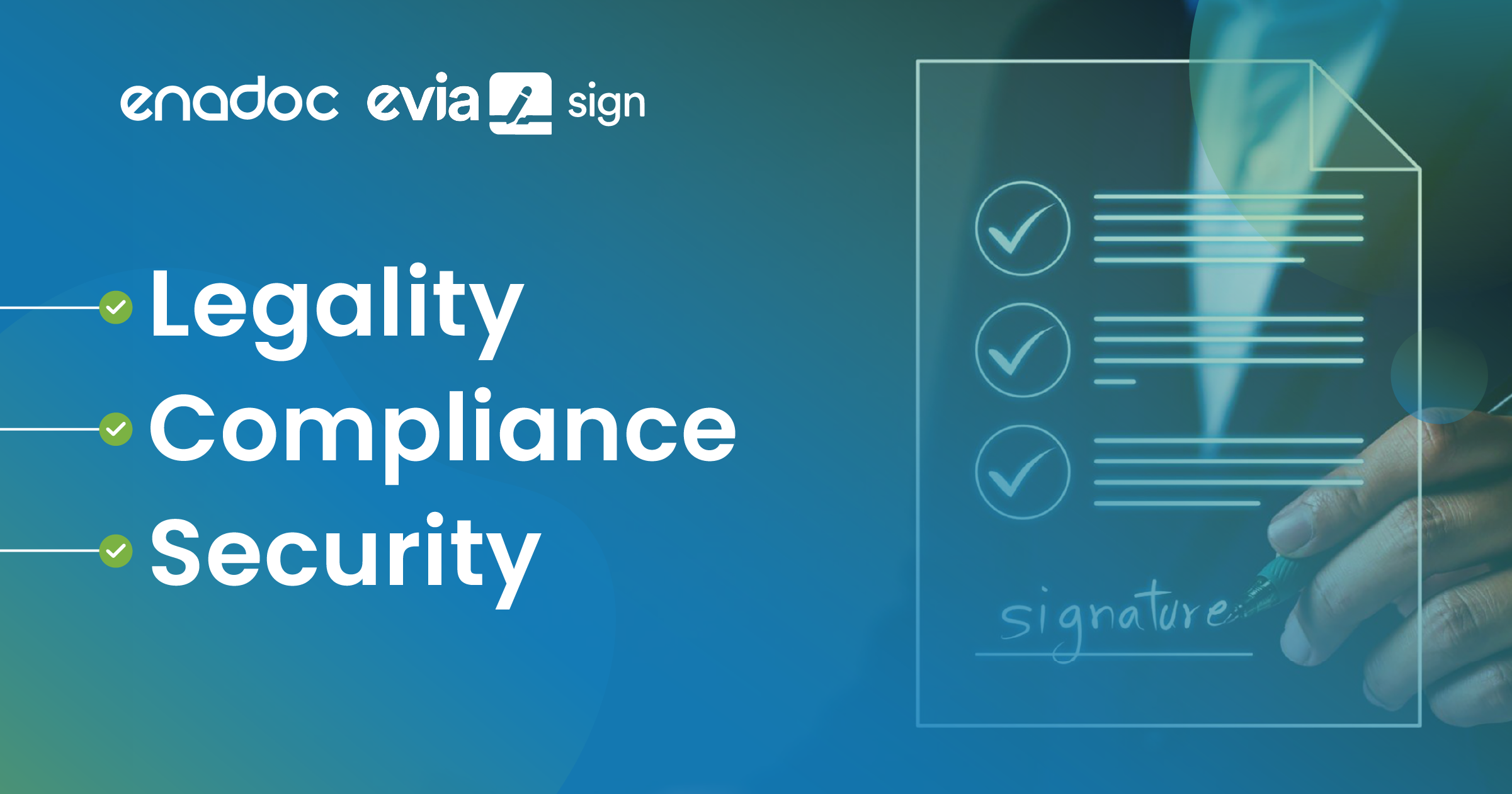
There are countless threats, disasters, and disruptions that can cause a business to lose revenue. This affects profitability, especially if business processes are affected. Unfortunately, there are a lot of organizations that think because they’ve yet to be hit by a disaster, that it won’t happen, and they don’t really need to plan for it. The guide to business continuity plan by Enadoc
Now a disaster is something that interrupts an organization’s normal operations. It could be something from natural events like fire, flood, and earthquakes to other scenarios like security threats, cyberattacks, and more. We can also relate it to more current events, the global COVID-19 pandemic which caused offices to shut down.
This outbreak caused organizations around the world to call for community quarantines and city-wide lockdowns. It was sudden and barely anyone was prepared for it, especially organizations that didn’t have a business continuity plan in place.
What is a Business Continuity Plan?
A business continuity plan or BCP is a backup strategy that outlines the potential impact of a disaster or emergency situation on an organization. This plan should highlight policies on how to respond to these threats and steps to take to help the business recover and keep the operation running as normal. The primary objective of a BCP is to protect a company’s assets and personnel, during and after a calamity.
No matter the situation, organizations should take the time to review potential threats and devise a BCP to ensure that business operations can continue uninterrupted should a threat become reality.
The Plan Checklist
Team
A good business continuity plan starts with a solid team. Assign each member a role and a recovery task that they’ll be responsible for. The purpose of this team is to oversee the entire BCP, from development to execution.
Strategy
Like with any organizational process, you must map out a strategy for your BCP. First, you must identify the critical processes and staff members you need to ensure the business will operate. Next, you want to list down all situations that could disrupt your operations and formulate practical strategies for each disaster scenario.
Business impact analysis
After identifying the possible threats, analyze their impact on your business operations. Everyone in your BC team should understand the problematic scenarios that will happen in the case of a disaster and how they can affect the entire organization.
Training
Educate your business continuity team on the objectives, requirements, and key components of your strategy. You must then create a training program that will help them develop the skills needed to execute their tasks.
Secure critical data
Keep your organization’s login credentials, financial records, and other highly sensitive information somewhere you can access it quickly and conveniently during recovery. Prioritize the ones that are most vital to your business continuity plan.
Backup data
We can’t emphasize enough the importance of backing up data that can’t be replaced—employee records, customer files, work emails, and the like. You want to make sure that even if a disaster happens today, you can get back in business tomorrow because of an effective backup strategy.
Deal with hard-copy data
It’s confusing why, but most companies still have thousands—if not millions—of physical documents that they’re trying to maintain. This usually consists of contracts, employee files, and financial records. Digitize what you can—while you can—and put security measures in place to minimize the loss of critical documents.
Communication
When crisis strikes, the first thing you must do is to immediately communicate internally and externally. So, when establishing a business continuity plan, start drafting messages for different scenarios. An effective communication plan will help your team coordinate their efforts.
Test, measure, and update
It’s critical that when you establish a business continuity plan, you test and measure every aspect as you go along. If you can do simulations, this will help check how prepared your team is. The results can be used to update your plan and hopefully perfect it over time.
The purpose of business continuity planning is to minimize the disruption in your organization’s operations in case of disasters. Now that you have a better understanding of BCP and its importance to your company, start reviewing your BCP checklist and you’ll be on your way to a more secure business.










